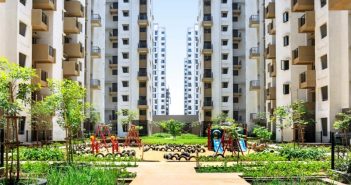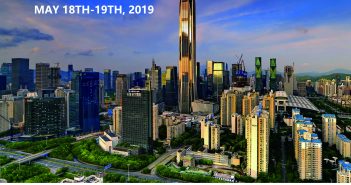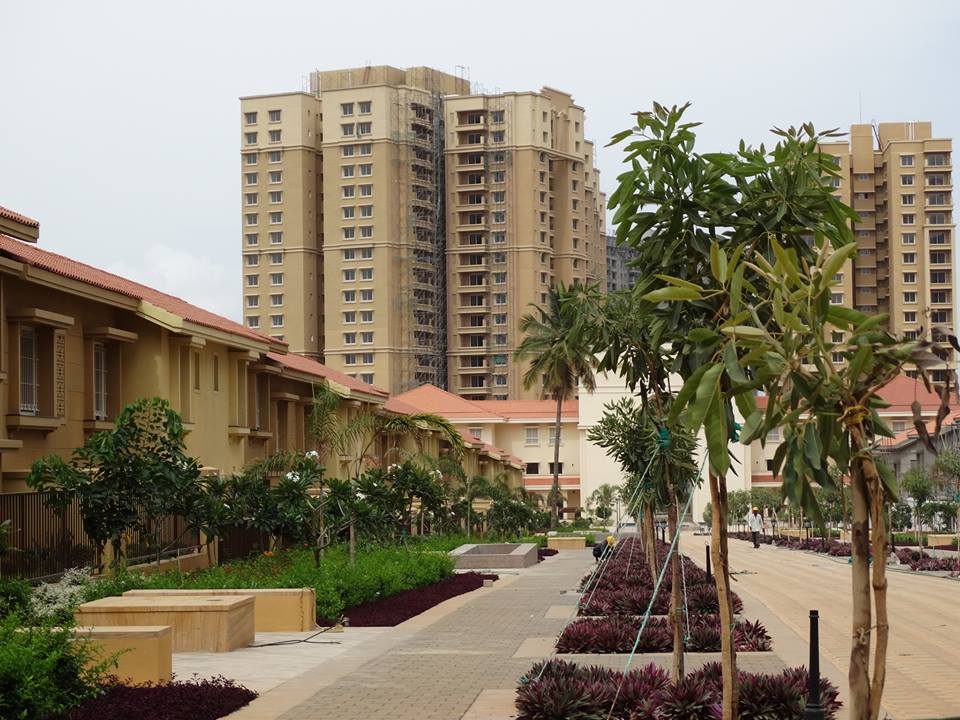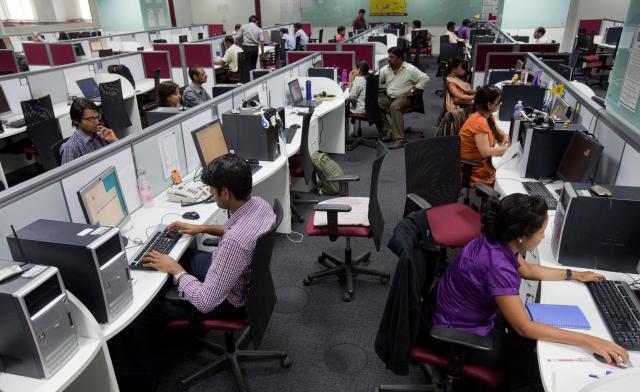
Linesight opens office in Mumbai
Construction consultancy firm, Linesight has opened offices in Mumbai. Linesight intends to focus on Mumbai, Pune, Bangalore and the Hyderabad metro cities of India as part of its expansion plans in the region.

Construction consultancy firm, Linesight has opened offices in Mumbai. Linesight intends to focus on Mumbai, Pune, Bangalore and the Hyderabad metro cities of India as part of its expansion plans in the region.

PEL had previously announced a strategic co-investment fund with Ivanhoé Cambridge, to provide long term equity capital to blue chip residential developers across the five major metro cities in India (Mumbai, Bengaluru, NCR, Pune and Chennai). Ivanhoé Cambridge had allocated an initial US$ 250 Mn towards this fund.

Gross leasing activity is recorded at 50 million square feet in 2018, highest in last eight years driven by buoyant leasing in Bengaluru and NCR. Compared to the previous year, gross leasing increased by 17% as occupiers continued to expand and consolidate. The top 3 sectors contributing to gross leasing were IT-ITeS with 43%, flexible workplaces with 14% and BFSI with 12% share.

As per the statistics, the Exhibition had 20 000+ visitors 8,000+ VIPs and 200 foreign exhibitors; altogether about 150 orders of intention were signed; the transaction amounts reached up to USD 1.2 billion. Ninety percent of the exhibitors were satisfied with the Exhibition, which was also highly praised by relevant government departments and industry.

While 2018 lived up to a fair number of expectations, there were a few misses too, particularly in the case of clarity on GST norms. Key highlights of 2018 were the creation of positive sentiments in the market by way of a robust office space absorption by emerging segments, as well as increase in the number of new launches and sales in the affordable housing sector.

With high expectations from 2018, it was anticipated that the teething problems around policy initiative introduced in 2017 (RERA and GST) would ease out by the end of the year, bringing a new order of transparency and efficiency.

Year 2018 was a veritable roller-coaster ride for the Indian real estate. Despite signs of recovery across segments, the liquidity crunch – further exacerbated by the NBFC crisis – put all industry stakeholders on tenterhooks.

In India, when the going was smooth a number of leading developers tried to foray into multi-city operations. Most of them had to exit the expansion strategy sooner than later. It rather proved to be the first nail in the coffin for some of these market leaders by size.

Mumbai’s Dharavi, one of the largest slums in Asia, has been an area of contention for almost two decades now. For all its revelations, the recent blockbuster film ‘Kaala’ only underscored what Mumbaikars, human rights activists, urban planners and real estate developers have known for decades – there is no simple formula for unravelling the complex Dharavi equation.

The gross leasing activity in India was recorded at 36.4 million sq ft for the first nine months of 2018, up 26% YoY. Pan-India demand for Grade A office space was driven by the technology sector (48%) in Q3 2018, followed by banking and insurance representing 19% of the total leasing volume.
